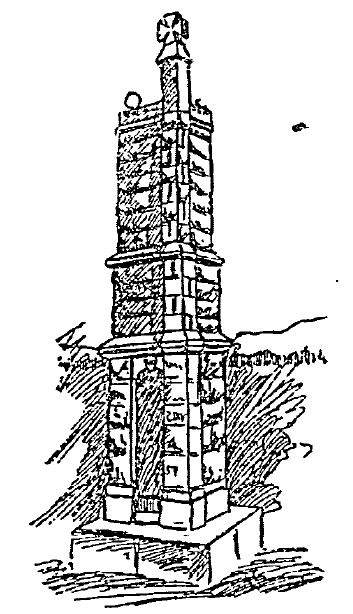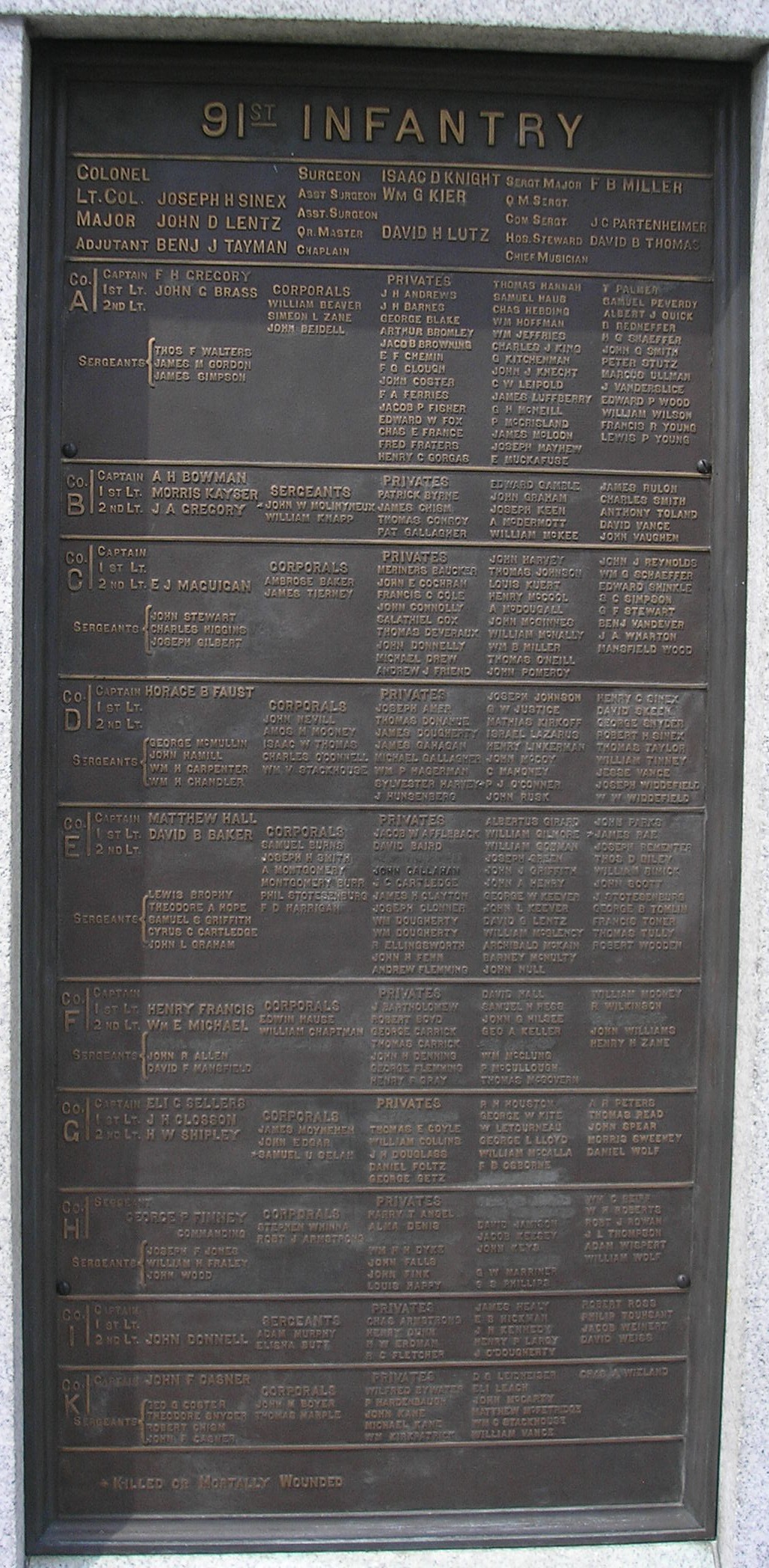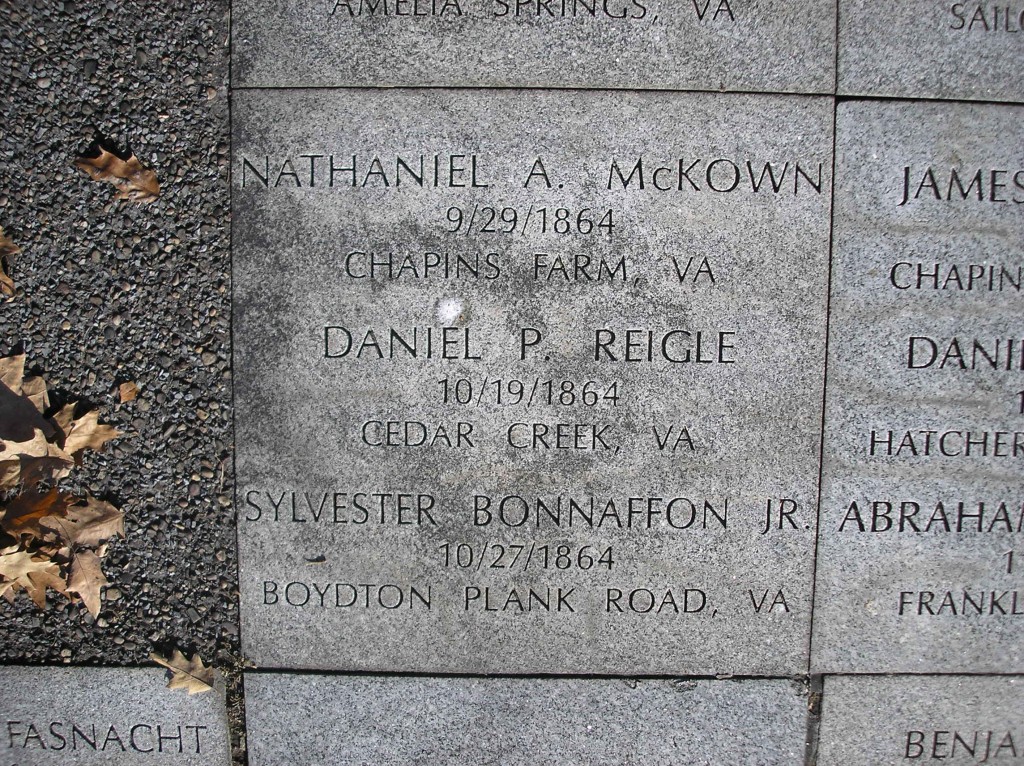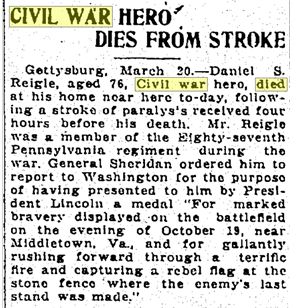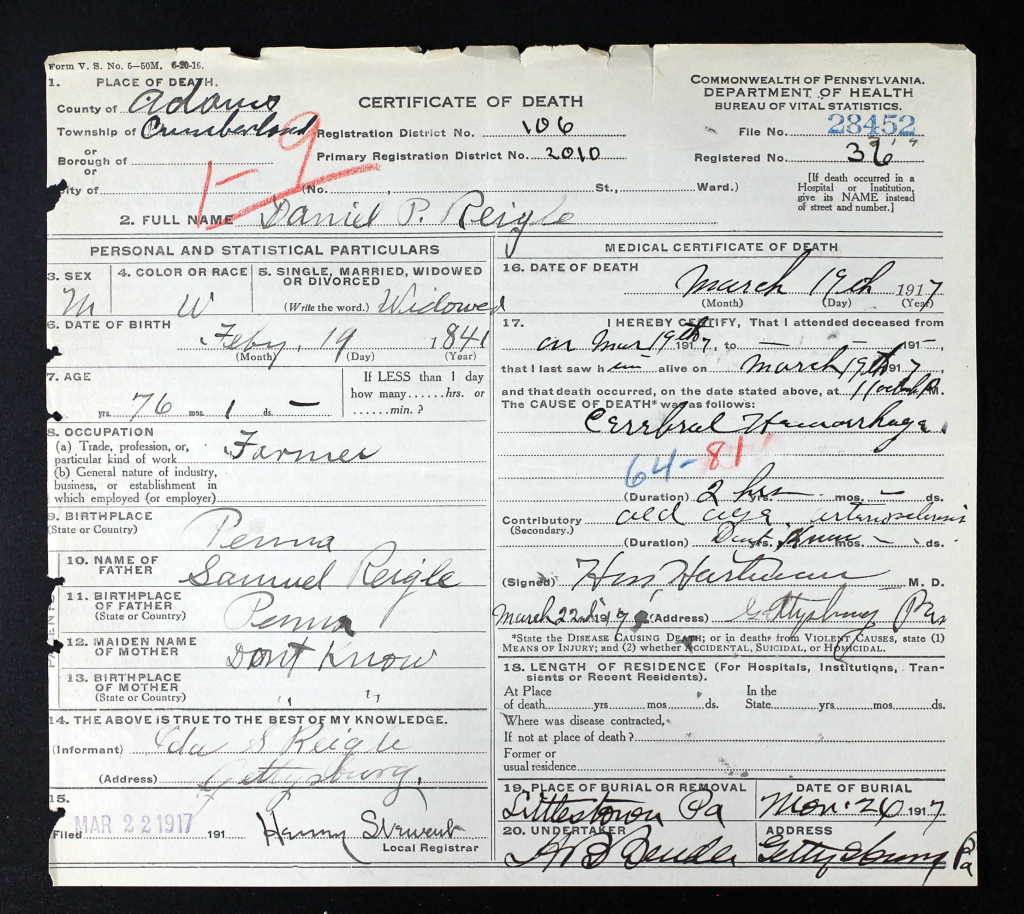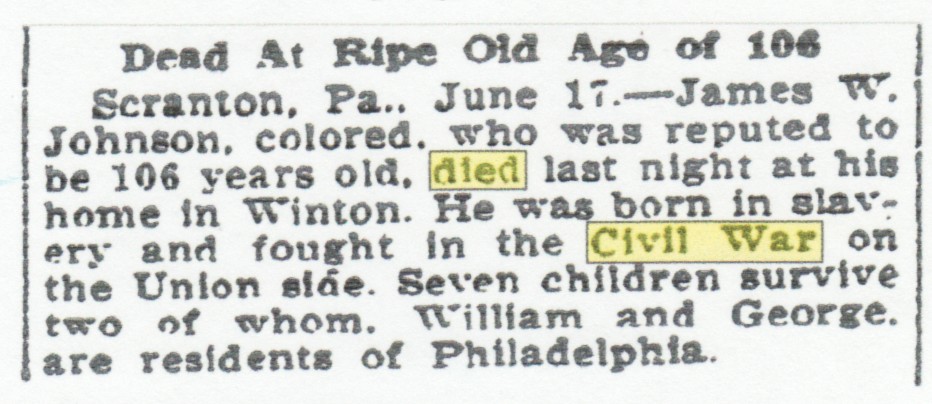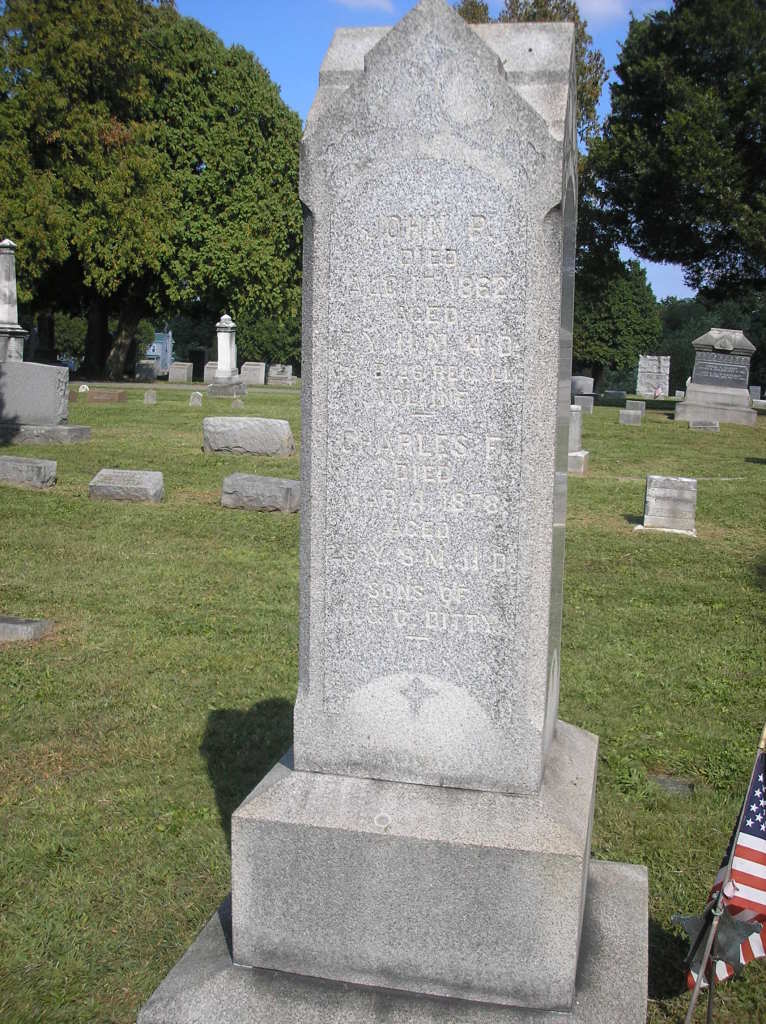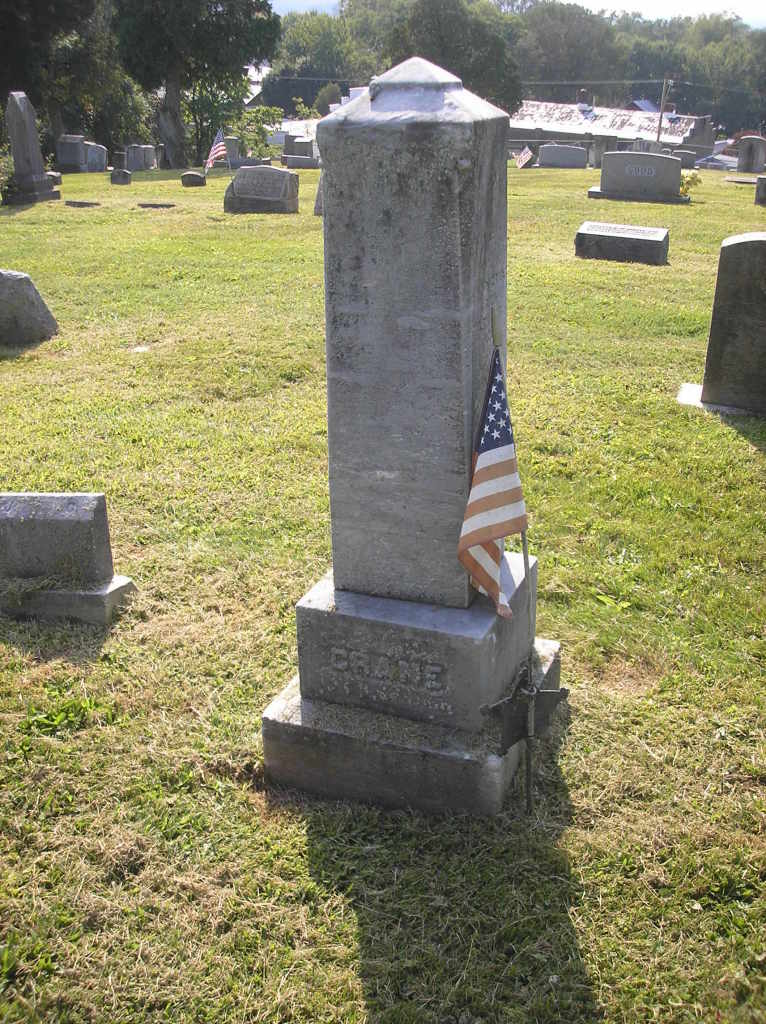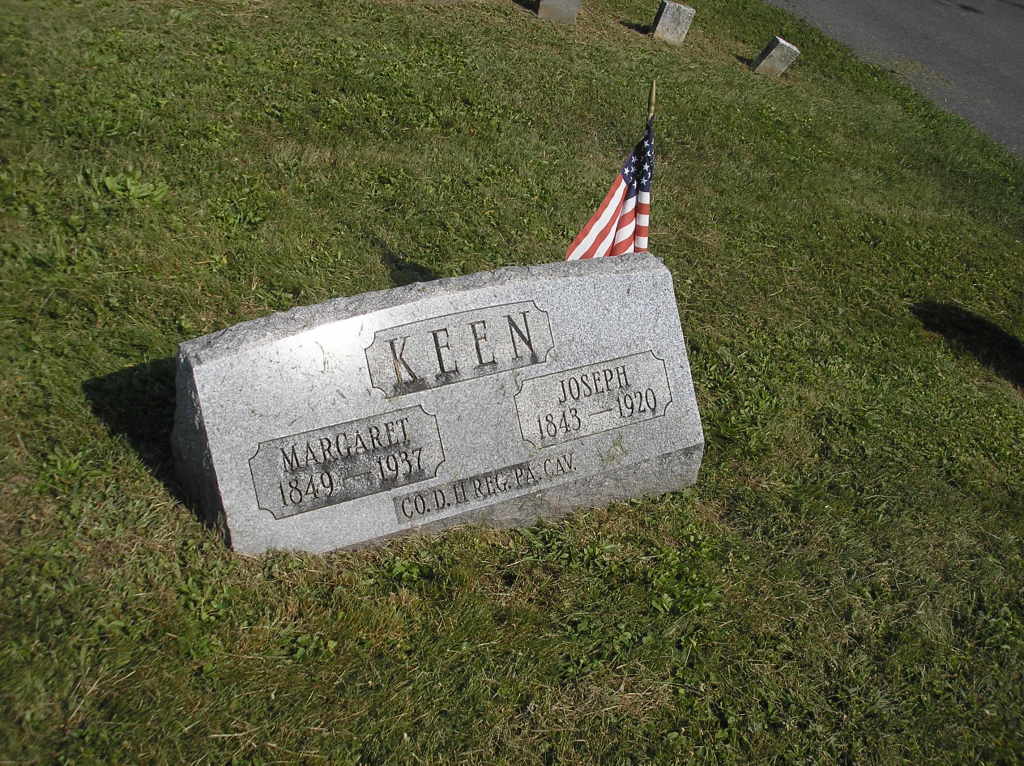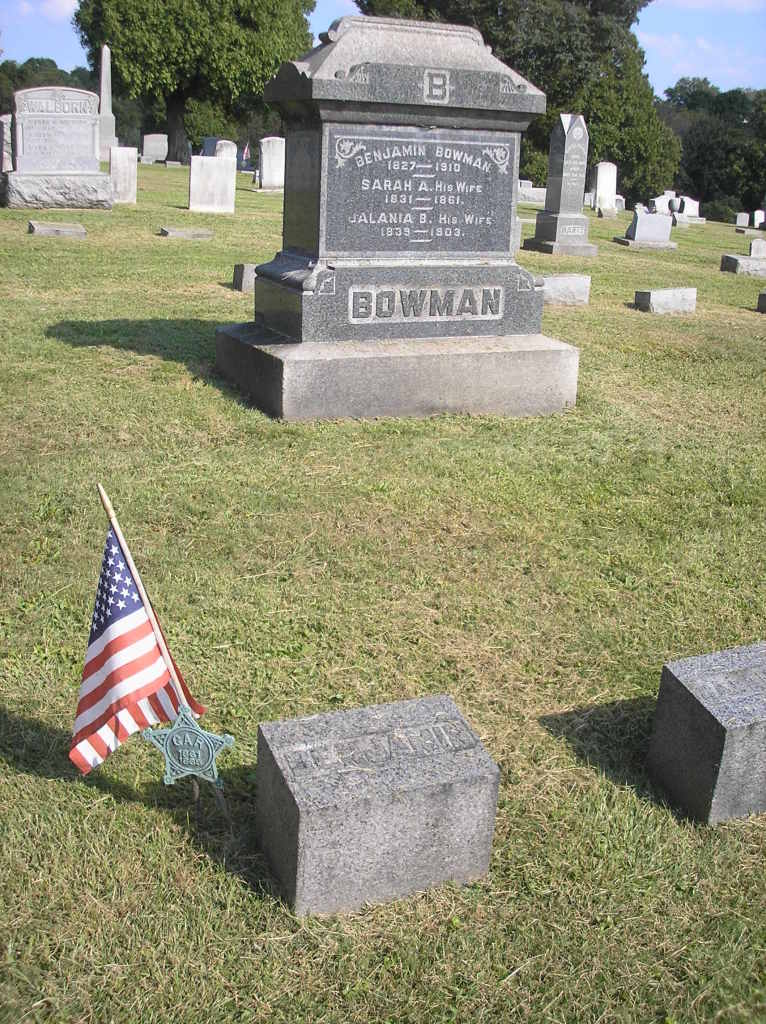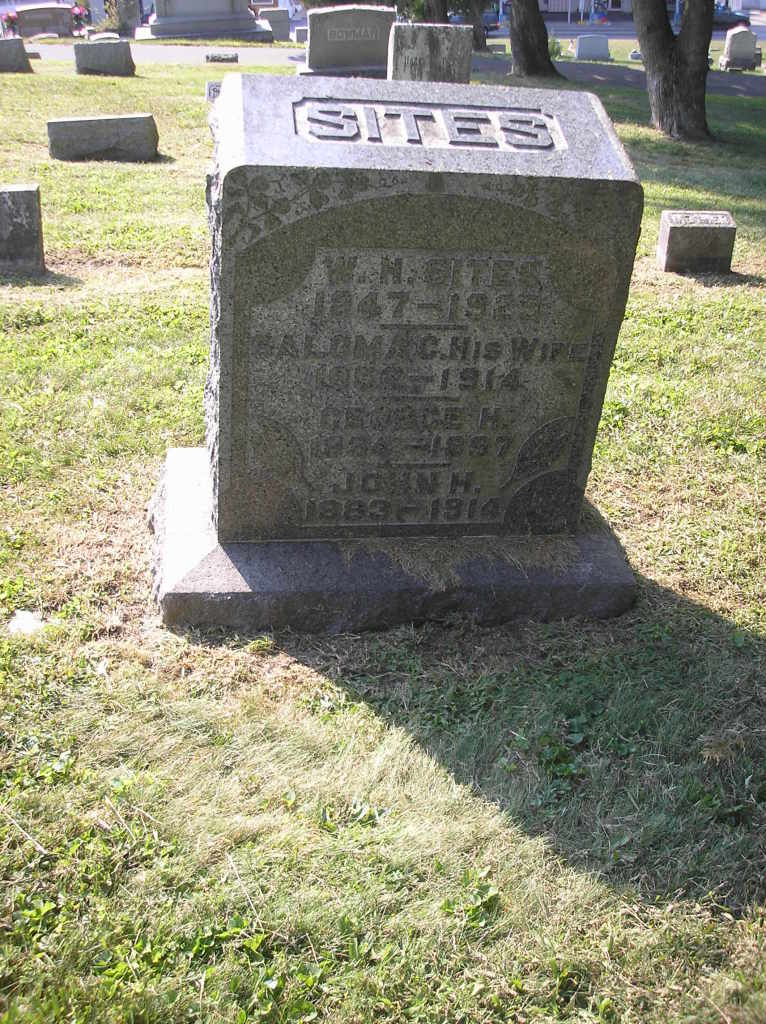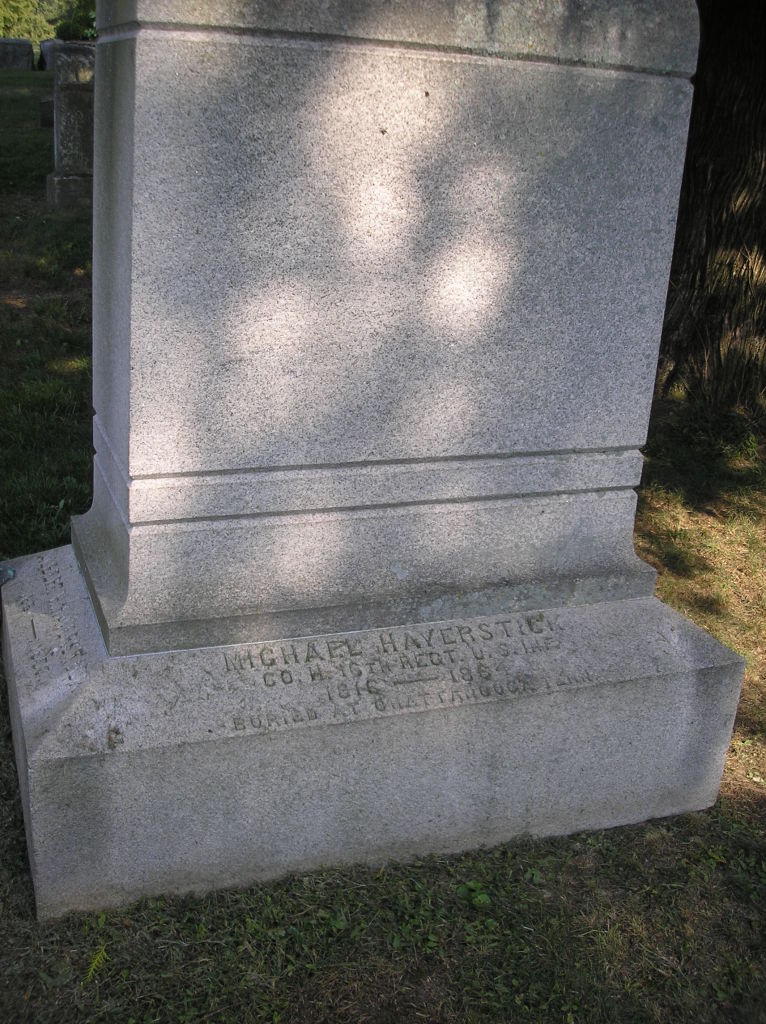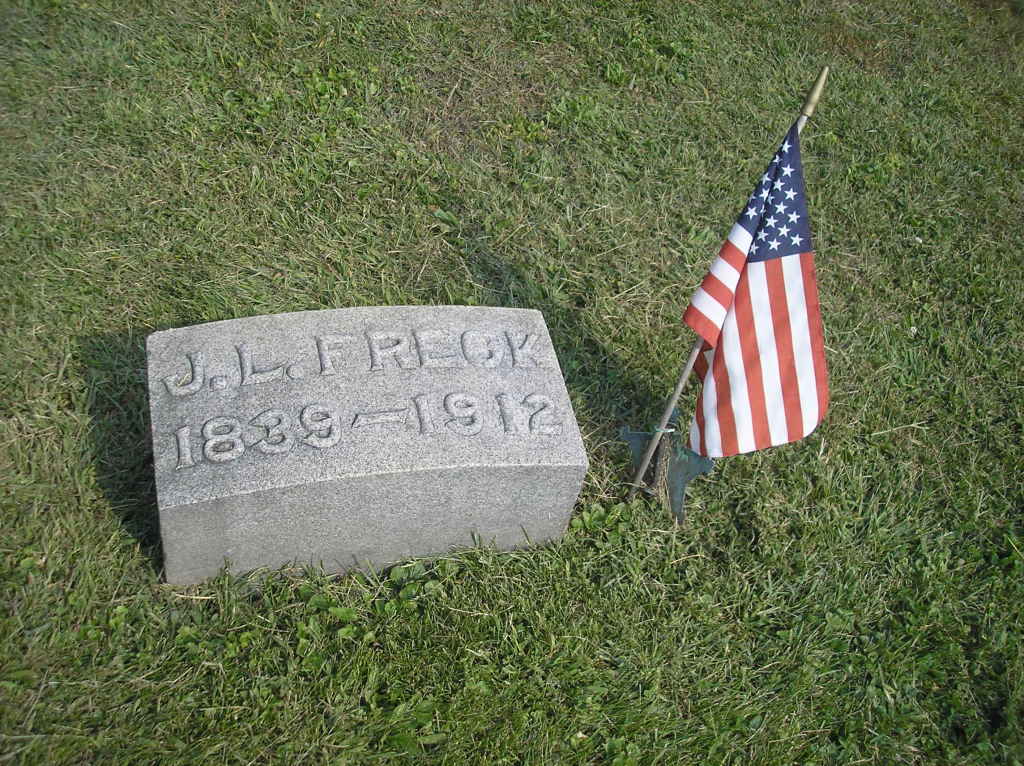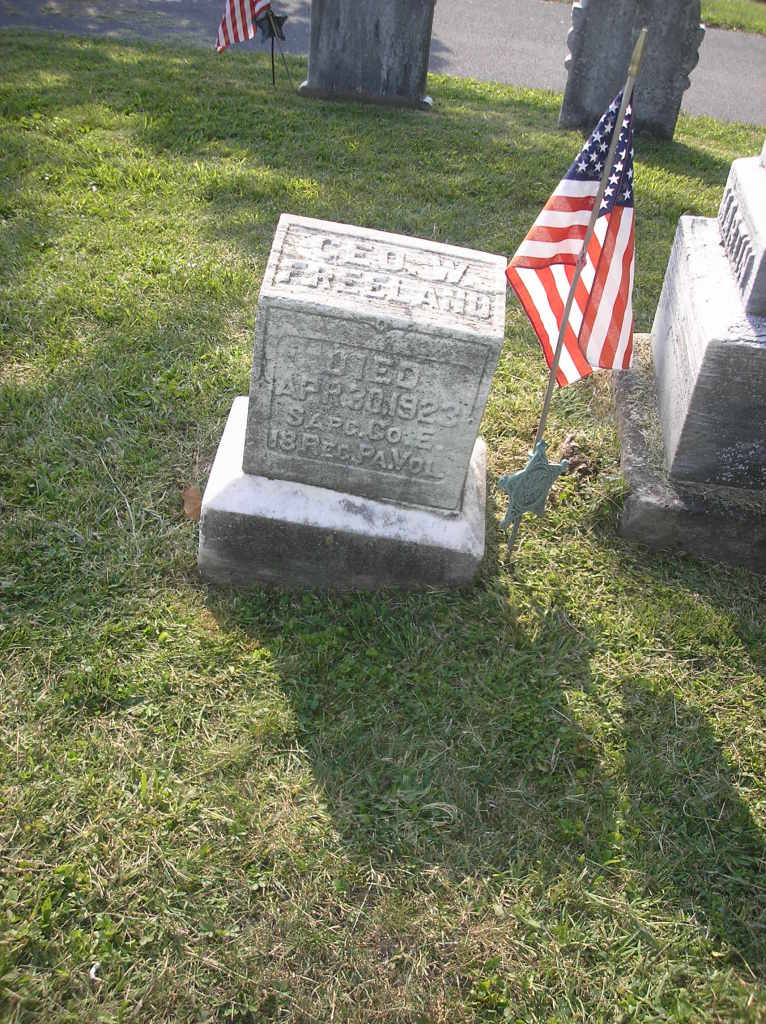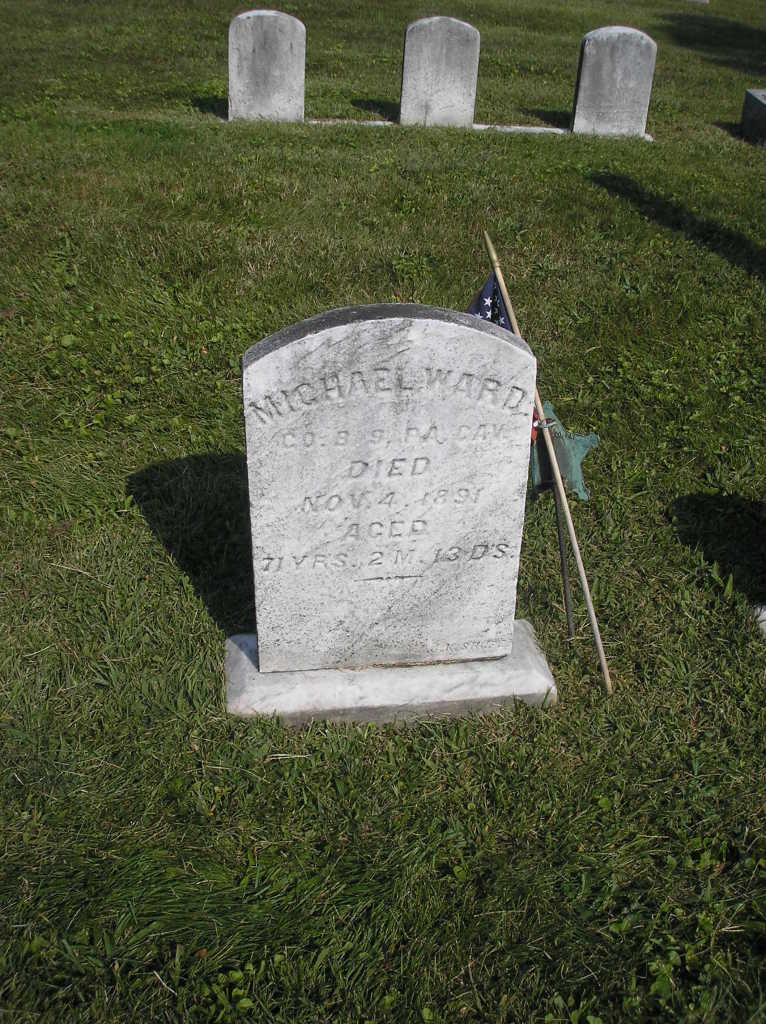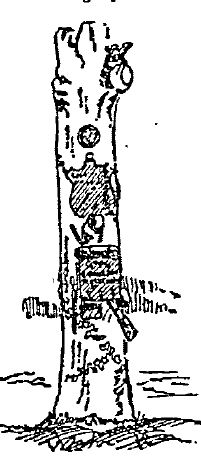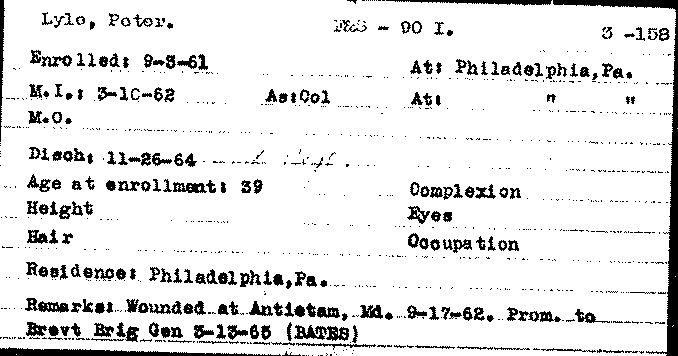Monuments at Gettysburg – 91st Pennsylvania Infantry
Posted By Norman Gasbarro on January 17, 2015
The 91st Pennsylvania Infantry Monument at Gettysburg is located south of the town of Gettysburg on the summit of Little Round Top. It was dedicated in 1889 as part of the large group of monuments to state regiments that were erected in that year.
The drawing of the monument pictured above is from a Philadelphia Inquirer article of 11 September 1889.
A picture of the monument can be seen on Stephen Recker’s Virtual Gettysburg Web Site which has more information about the monument and the 91st Pennsylvania Infantry.
A full description of the monument, its GPS Coordinates, additional photographs, and some of the history of the 91st Pennsylvania Infantry, can be found on the Stone Sentinels Web Site.
—————————–
The Philadelphia Inquirer of 1 September 1889, reported the following information about the 91st Pennsylvania Infantry:
Fighting Devil’s Den Sharpshooters.
The 91st left Hanover for Gettysburg at 8 o’clock in the evening, 1 July 1863, and arriving upon the ground was thrown into position on the right of the line of battle. The regiment, under Colonel Eli G. Sellers, marched up one side of Little Round Top as the rebels charged up the other. In the line in front of Battery D it opened fire with the Devil’s Den sharpshooters, who busily picked off the gunners, killing General Weed and Captain Haslet. During the night the men built stone walls for protection.
—————————–
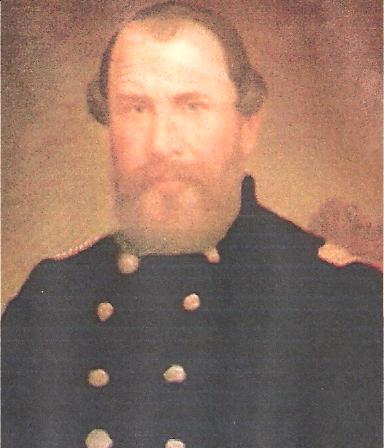
Joseph Hill Sinex
Lieutenant Colonel Joseph Hill Sinex commanded the 91st Pennsylvania Infantry at Gettysburg. He was born in Delaware, but was a resident of Philadelphia and was about 43 years old when he joined the 91st Pennsylvania Infantryy at Philadelphia as Captain of Company D. On 11 January 1863, he was promoted to headquarters at the rank of Lieutenant Colonel. He had had prior military service as Captain of Company D, 17th Pennsylvania Infantry, in which he served from 25 April 1861 through discharge on 2 August 1861.
Following the Battle of Gettysburg, Sinex continued commanding the 91st Pennsylvania Infantry but was wounded at Spottsylvania Court House, Virginia, on 12 May 1864. The wounds resulted in a Surgeon’s Certificate of Discharge on 10 July 1864 and a disability pension application on 24 September 1864. The pension was approved and received; he collected until his death on 6 October 1892 in Philadelphia. His widow, Mary C. Sinex, applied for benefits on 26 November 1892, which she received and collected until her death.
Joseph Hill Sinex is buried in Mount Moriah Cemetery in Philadelphia. More information about him can be found at his Findagrave Memorial.
—————————–
Around the base of the Pennsylvania Memorial at Gettysburg are a series of plaques which, by regiment and company, note the names of every soldier who was present at the Battle of Gettysburg. The plaque for the 91st Pennsylvania Infantry is pictured below. By clicking on the plaque it should enlarge so the names can be more clearly read. If a name does not appear, it could be that the soldier did serve in the 91st Pennsylvania Infantry, but was not part of the regiment during its days at Gettysburg. There could also be errors on the plaque.
 ;
;
